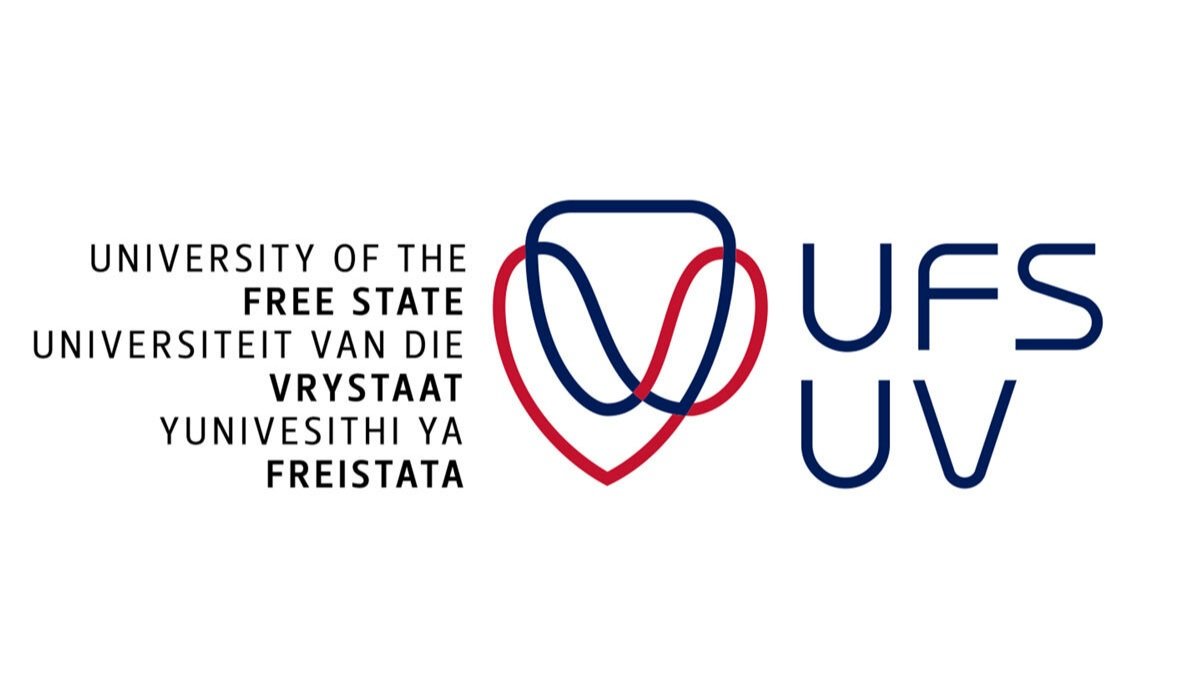Mineral
The BIOGRIP Node for Mineral Biogeochemistry is hosted by the the University of the Free State. Reseach at this node is centred on biogeochemical processes in environments impacted by industrial and mining activities. The Mineral Node is also focused on agricultural bio-augmentation research with industry partners to help ensure long-term food-security in South Africa and Africa.
Research facilitated by the hub contributes to a greater understanding of the mineral and microbial processes in natural and anthropogenically impacted environments, and their effects on humans and Earth.
Mineral services
Download the analyte and analytical services available at this node, including details on how you can access these for your work.
Analyses offered
The Mineral Node conducts applied biogeochemical research with direct societal benefits in terms of technological innovations and improved natural resource management strategies.
reactive surface area measurement of biological and inorganic materials
macro- and meso-porosity measurements
acid-base titrations for reactive surface sites
alkalinity measurements
Laboratory equipment
-
Almost all biogeochemical processes are dependent on the reactive surface of the biota as well as the inorganic geological materials involved in these processes. This is no different in anthropogenically impacted environments.
Quantifying the reactive surface area of biological and inorganic materials is therefore critical to accurately determine the reaction rates of biogeochemical processes.
The BET Reactive Surface Area Analyser measures the reactive surface areas of substances as well as macro- and meso-porosity.
Sample requirements:
Sample particles should not be larger than 5 mm in diameter.
The nature of the sample (e.g. polymer, mineral, rock or organic) should be known prior to surface area analysis.
-
An important variable in biogeochemical processes is the number of reactive sites on the surface of biological and inorganic material. Most surfaces react via proton-exchange mechanisms, which are strongly dependent on the pH.
Acid-base titrations can be used to determine the number of reactive surface sites.
One key water-quality parameter is the carbonate alkalinity. This can be determined by auto-titration methods.
Sample requirements:
For determination of number of active surface sites, solid samples must be provided.
For alkalinity measurement, liquid samples need to be provided in appropriate containers (e.g. LDPE bottles and the samples should not have been acidified prior to analysis).
Affiliated centres
The BIOGRIP Node for Mineral Biogeochemistry is embedded in the Centre for Mineral Biogeochemistry (CMBG) and works closely with several other partners. To learn more about these arrangements visit the BIOGRIP Affiliated Centres.
Centre for Environmental Management (CEM)
The Centre for Environmental Management (CEM) at the University of the Free State focuses on interdisciplinary research and education aimed at promoting sustainable environmental management practices. It addresses key issues such as biodiversity conservation, natural resource management, and climate change through collaborative projects, training programmes, and community engagement. Read about the CEM here.
Department of Geology at the University of the Free State
The Department of Geology at the University of the Free State provides access to X-ray fluorescence, scanning electron microscopy and X-ray diffraction analysis capabilities. More broadly, the department provides innovative, dynamic and training as a centre of expertise in geology, especially in the African context. Read more about the department here.
High-Performance Computing Centre (HPC)
The High-Performance Computing Centre (HPC) at the University of the Free State provides advanced computational resources and support for researchers across various disciplines. It enables complex simulations, data analysis, and modeling, facilitating cutting-edge research in fields such as environmental science, physics, and bioinformatics. Read more about the HPC here.
Institute for Groundwater Studies
The Institute for Groundwater Studies (IGS) at the University of the Free State is dedicated to advancing research and education in groundwater management and hydrology. It focuses on addressing critical water resource challenges through interdisciplinary studies, training programmes, and collaboration with stakeholders to promote sustainable water practices. Read more about IGS here.


